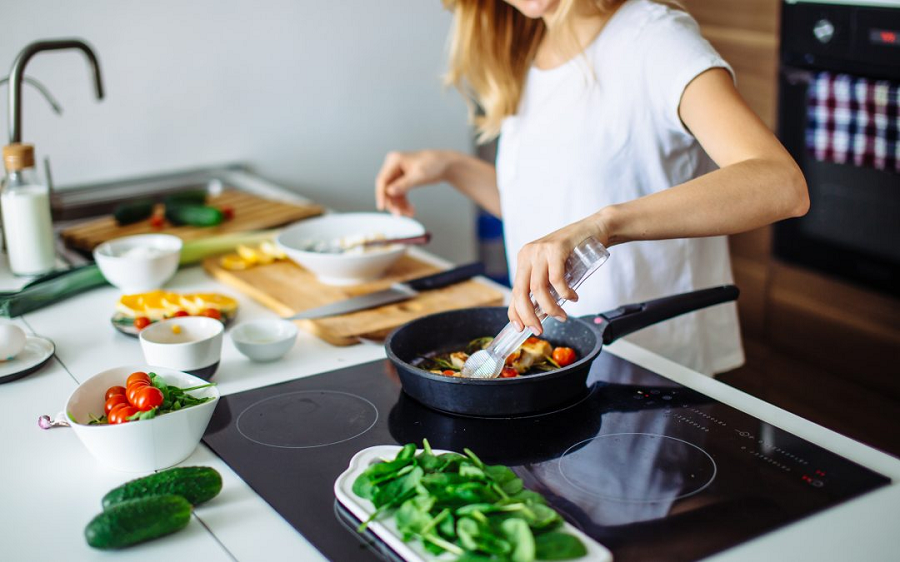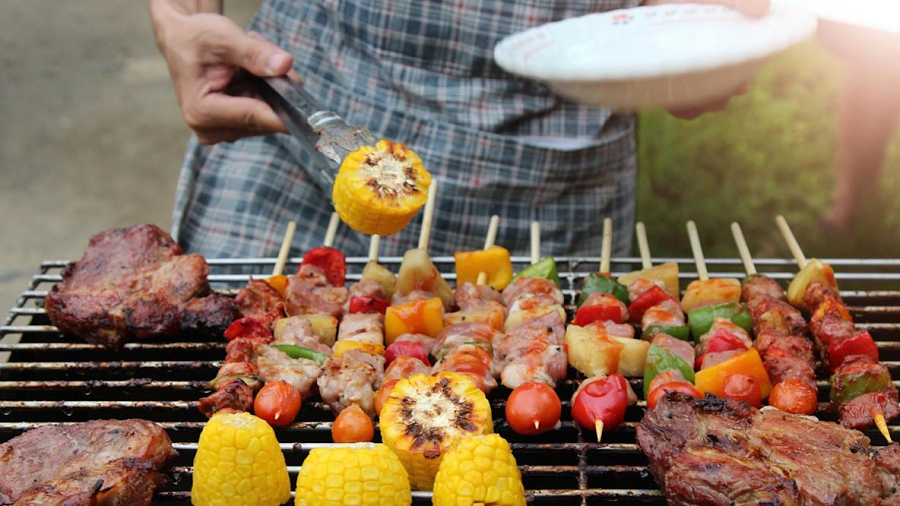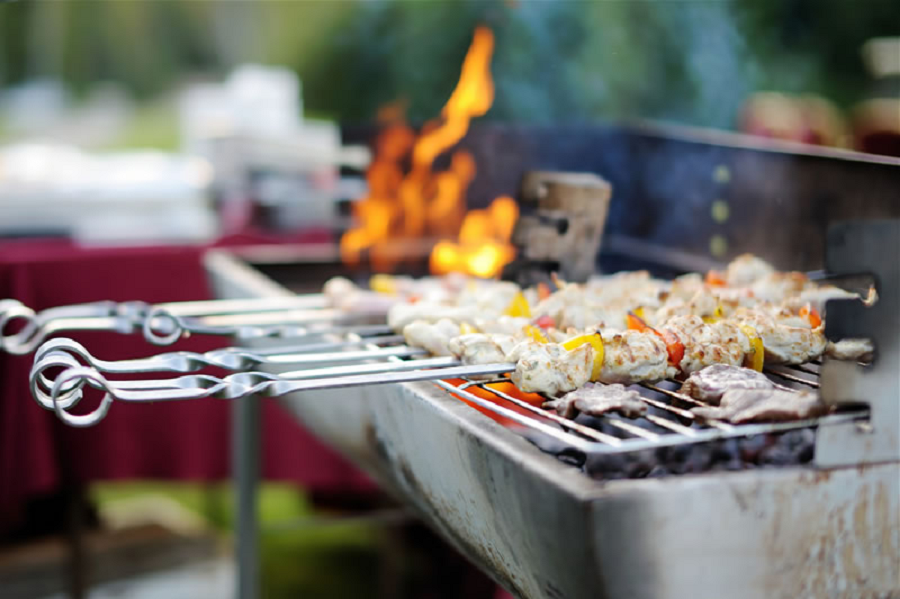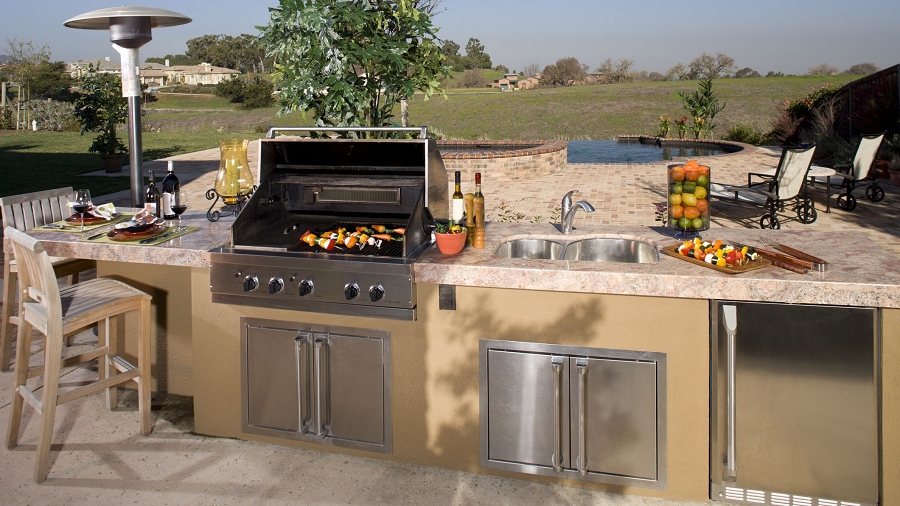It truly is uncommon to track down a table, some piece of the food whereupon simply isn’t delivered unwholesome either by ill-advised preliminary treatment, or by the expansion of some pernicious substance. This is without a doubt because of the truth that the readiness of food being a particularly typical matter, its essential relations to wellbeing, brain, and body have been neglected, and it has been viewed as a humble assistance which likely could be attempted with little or no planning, and without regard for issue separated from those which identify with the delight of the eye just as the sense of taste. With taste just as a model, it is so easy to camouflage the results of imprudent and ill-advised cookery of food by the utilization of flavors and fixings, likewise as to sell upon the stomach related organs a wide range of substandard material, that helpless cookery has come to be the standard instead of the exemption.
Methodologies of cooking
Cookery is the craft of getting ready nourishment for the table by dressing, or by the use of warmth in some way. A legitimate wellspring of warmth having been gotten, the following stage is apply it to the food in some way. The chief methodologies for the most part utilized are cooking, searing, heating, bubbling, stewing, steaming, and browning.
Simmering is preparing food in its own juices preceding an open fire. Searing, or barbecuing, is cooking by brilliant warmth. This procedure is simply adjusted to thin bits of food with an extensive amount of surface. Greater and considerably more reduced food varieties should be broiled or heated. Cooking and searing are unified on a fundamental level. In both, the work is predominantly done by the radiation of warmth straightforwardly upon the outside of the food, however, some warmth is conveyed by the hot air encompassing the food. The exceptional warmth applied to the food before long singes its external surfaces, and along these lines forestalls the departure of its juices. In case care be taken regularly to turn the food to guarantee that its entire surface will presumably be subsequently followed up on, the inside of the mass is cooked by its own juices.

Preparing is the preparing of food by dry warmth in a shut broiler. Just food varieties containing an extensive level of dampness are adjusted for cooking by this technique. The hot, dry air which fills the broiler is continually yearning for dampness, and will take from each and every wet substance to which it approaches an amount of water proportionate to its level of warmth. Food sources containing yet a minuscule amount of dampness, except if shielded in some way from the activity of the warmed air, or somehow or another provided with dampness during the cooking technique, come from the broiler dry, hard, and unpalatable.
Bubbling is the preparing of food in a bubbling fluid. Water is the standard medium utilized for this reason. At the point when water is warmed, as its temperature is expanded, minute air pockets of air which have been disintegrated by it are emitted. As the temperature rises, air pockets of steam will begin to frame at the lower part of the vessel. At first these will be dense as they ascend into the cooler water above, causing a stewing sound; however as the warmth expands, the air pockets will ascend higher and more prominent before imploding, and in a brief time frame will elapse completely through the water, getting away from its surface, causing undeniably more or significantly less unsettling, in view of the velocity with which they are shaped. Water bubbles when the air pockets consequently ascend to the surface, and steam is distracted. The mechanical activity of the water is expanded by fast gurgling, yet not the warmth; and to bubble anything brutally doesn’t assist the cooking strategy, save that by the mechanical activity of the water the food is broken into more modest pieces, which are hence much more promptly relaxed. Yet, savage bubbling events a colossal misuse of fuel, and by heading out inside the steam the unstable and appetizing components of the food, renders it fundamentally less satisfactory, if not out and out dull. The dissolvable properties of water are so expanded by heat that it penetrates the food, delivering its extreme and intense constituents delicate and clear of processing.
The fluids for the most part utilized inside the cooking of food varieties are water and milk. Water is most prominent appropriate for the cooking of most food varieties, yet for such farinaceous food sources as rice, macaroni, and farina, milk, or at least part milk, is ideal, as it adds to their nutritive worth. In utilizing milk for cooking purposes, it ought to be recalled that turning out to be more thick than water, when warmed, considerably less steam get away, and therefore it bubbles sooner than waters. Then, at that point, as well, milk being undeniably more thick, when it’s used alone for cooking, a bit greater amount of liquid will probably be required than when water is utilized.
Steaming, as its name suggests, is the preparing of food by the utilization of steam. You will discover various methods of steaming, quite possibly the most ordinary of which is by setting the food in a punctured dish over a vessel of bubbling water. For food varieties not requiring the dissolvable forces of water, or which as of now contain a critical amount of dampness, this strategy is desirable over bubbling. An extra type of cooking, which is ordinarily named steaming, is that of setting the food, with or without water, depending on the situation, in a shut vessel which is put inside one more vessel containing bubbling water. Such a contraption is named a twofold heater. Food prepared in its own juices in a canvassed dish in a hot broiler is on occasion talked about as becoming steamed or covered.





